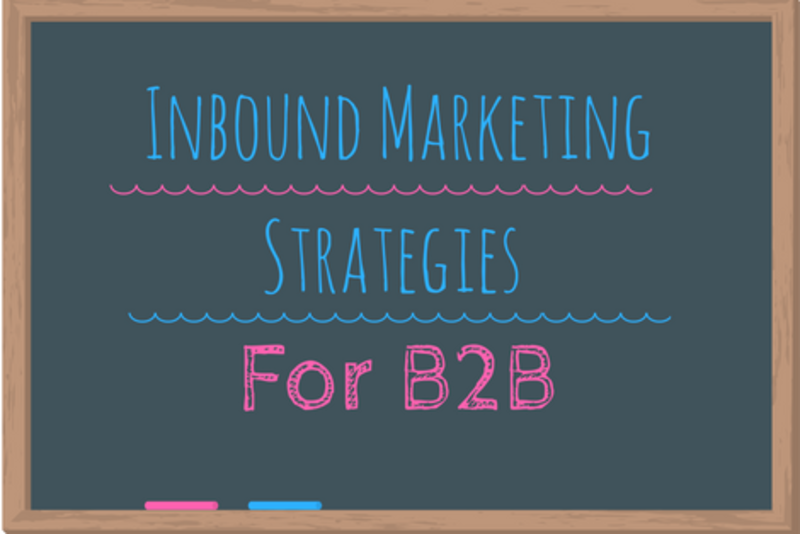Inbound marketing strategies for B2B business’s best practices include:
Recreate Existing Content and Try New Mediums
According to the Huffington Post, B2B companies who blog attract 67% more leads than those who don’t. This can give your company quite the competitive edge so if you haven’t already started blogging, try and recreate your previous posts into new formats to get more results for your time. Also try various mediums when releasing content, like videos. You never know which content medium match speaks most to your audience without testing them so find a way to place your content in new formats to generate more web traffic & leads!
Create Content from FAQs
People are bound to ask questions when visiting your site, so why not start building out your content from there? Unless your goal is to have customers reach out to you with questions, chances are you don’t want to be sitting at your computer all day answering them repeatedly. Creating content that focuses on addressing these common questions will not only save you time but they will also improve the quality of your leads and can even speed up the sales process.
Create a Content Calendar
This may seem like a lot of work at first, but once you see the true value behind your content marketing you will understand the power behind social media marketing. Social media isn’t just for B2C, it can also play major roles in effective B2B marketing on platforms such as LinkedIn and Twitter. Creating a content calendar will help you keep track of your social media presence eliminating any doubt about the strategic process halfway through the month. It will also keep you organized so you will always have content ready for posting. (How do I make one of these?)
Take Advantage of Marketing Automation Systems
Marketing Automation Systems exist to serve! Our personal favorite over at Corrao Group is Pardot because it offers a multitude of features that can save your team time, minimize manual mistakes, and align your sales and marketing teams. List segmentation, drip programs, email templates, A/B testing, content calendars, and auto responders are all at features at your fingertips with minimal to no effort. Need proof? Check out our case study that made our client thousands.
Engage with Industry Influencers
Make yourself a valuable resource known to the leaders of influence within your industry. A great way of doing this is interacting on social media posts on LinkedIn or quoting tweets from influencers on Twitter. Other businesses follow and trust these people and therefore would be more likely to value an interaction or observation of yours involving them. Connecting with them via social media is a quick and easy way to make yourself known.
Focus on Your Titles
When searching for information on Google, title tags are what lets the search algorithm know that your content exists as a results option. This is a minor fix with your coding on both your website and your blog, but has the ability to make a huge (free) difference when it comes to driving traffic to your site. Make sure your text titles correspond with what readers expect to find on your page or you will face the wrath of Google penalties.
Make Your Web Pages Fast-Loading
B2B audiences consist of other professionals that are working and don’t have time to wait around, often times from their mobile phones. Don’t let a slow website be the reason they close the site and continue searching for the answers someone else. There are a variety of tricks to make your website open faster including arrangement of your code, location of your code, the type of code, the size of your images, and many more factors that may give your company the competitive edge it deserves.
If you’d like to learn more about Inbound Marketing Strategies for B2B, please visit our website.

[pardot-form id=”9912″ title=”Wordpress Form”]

